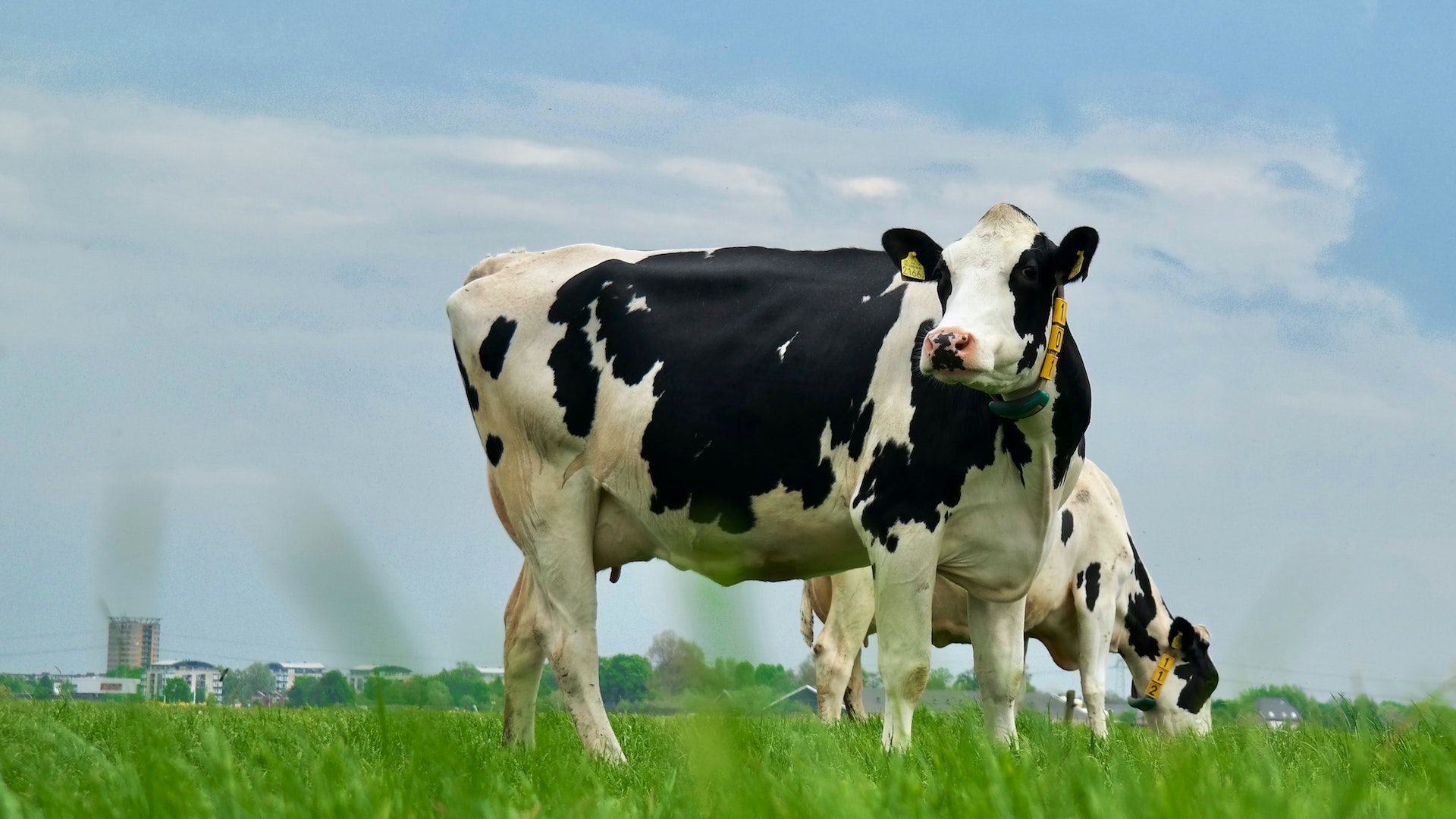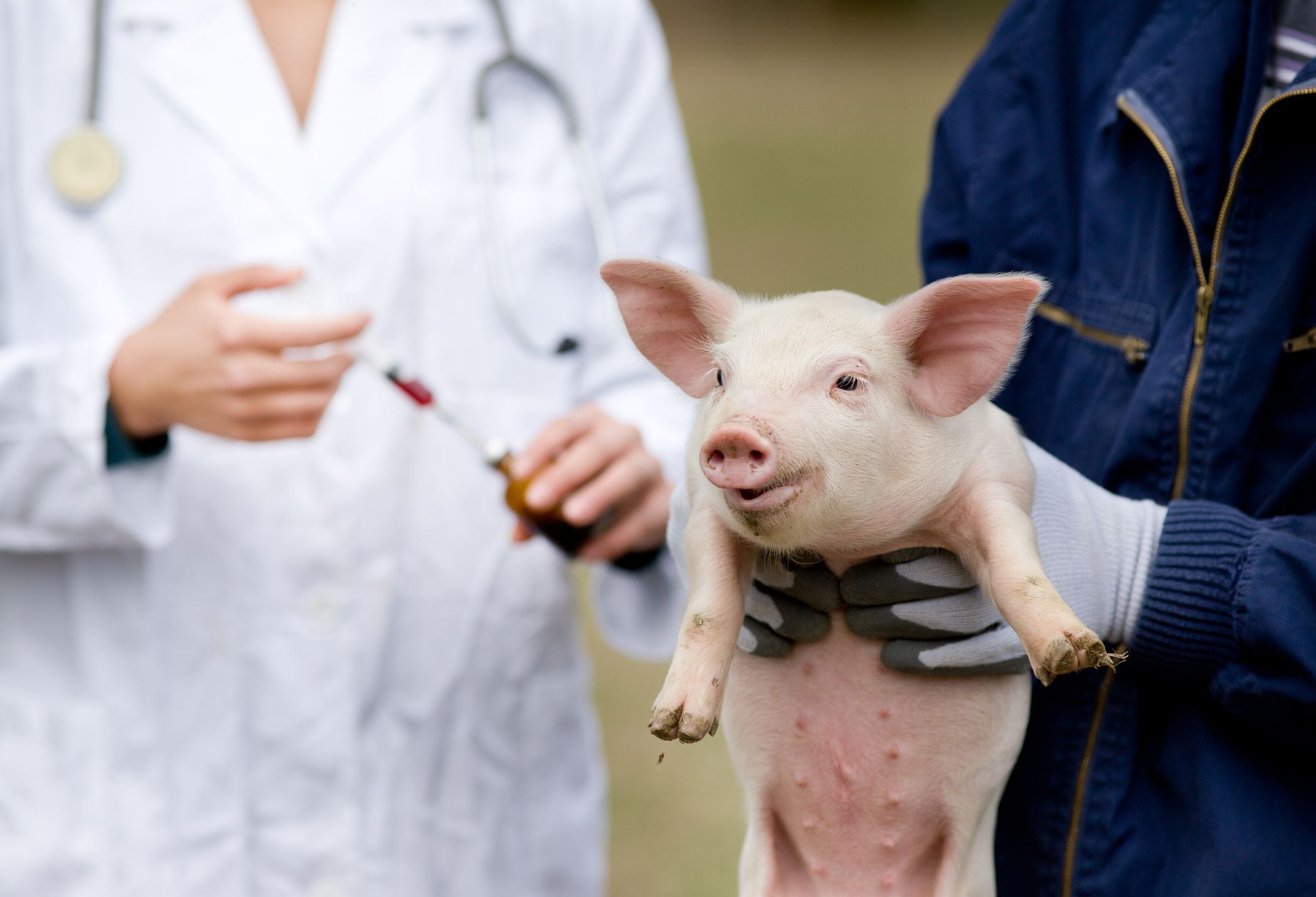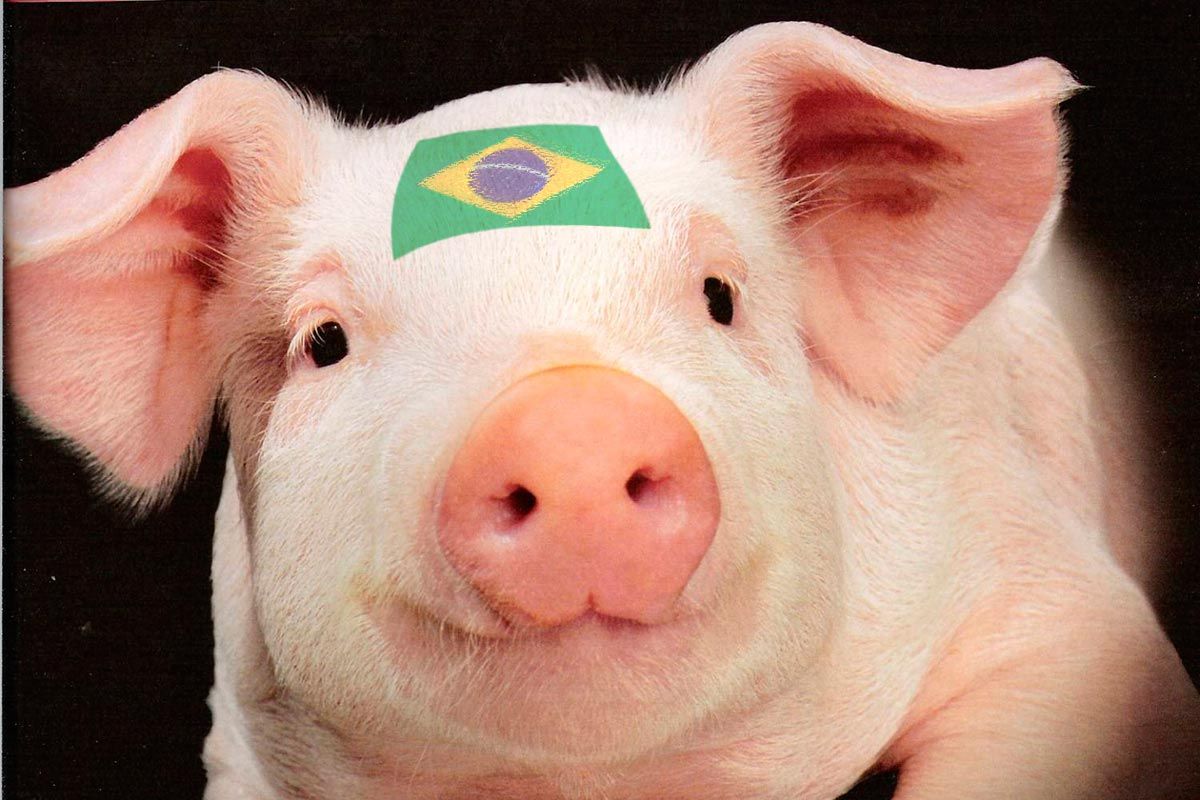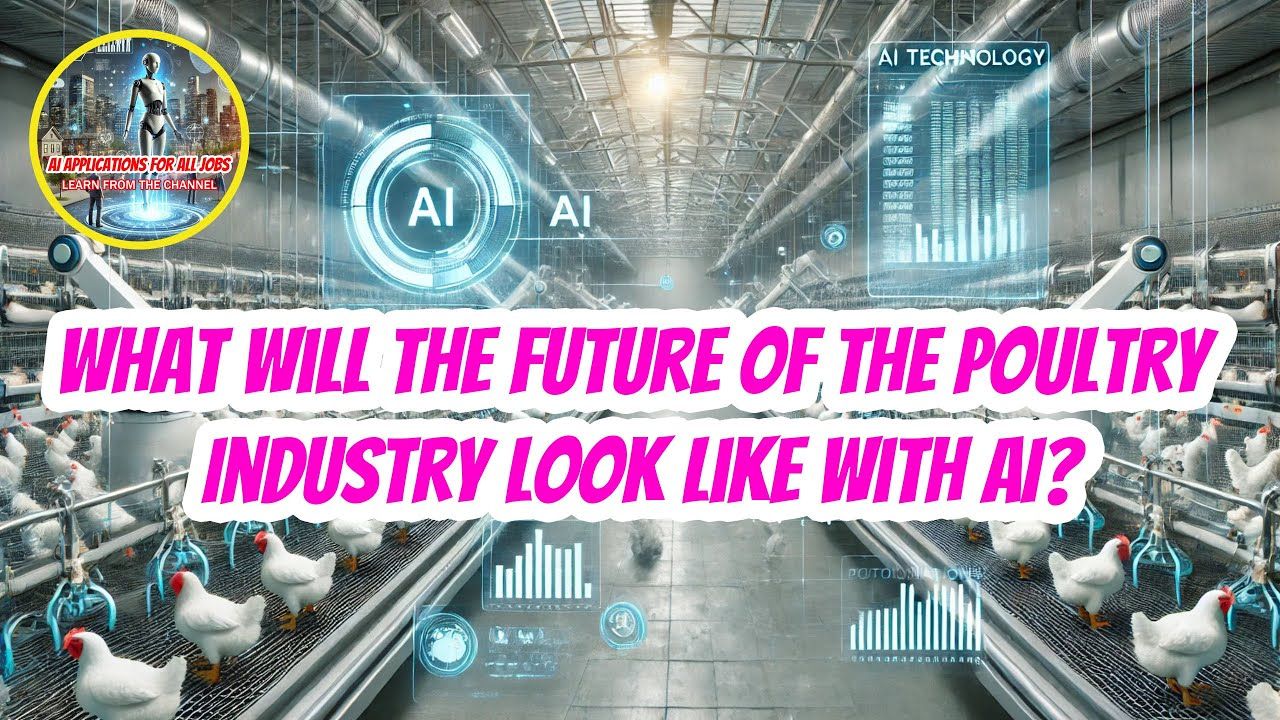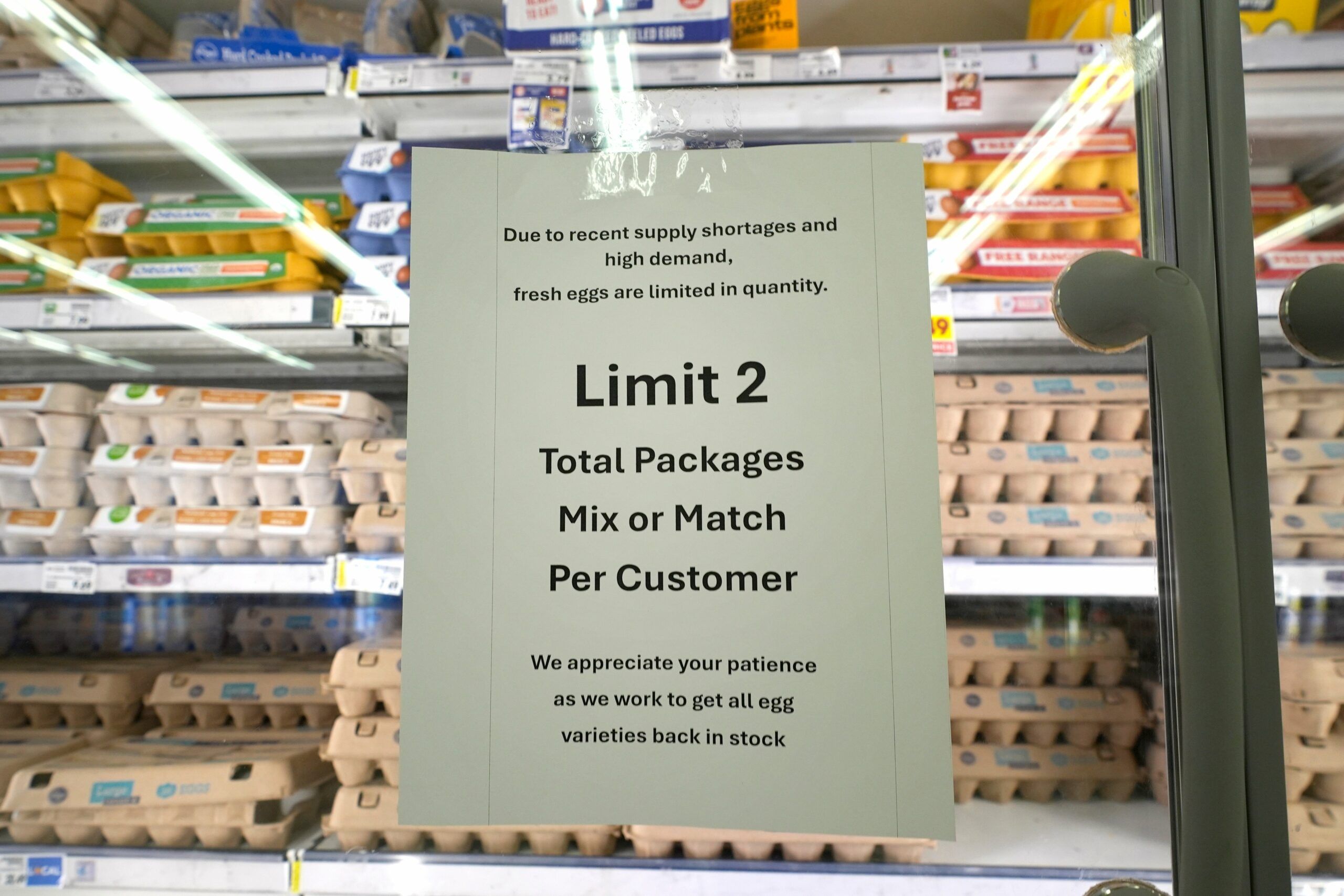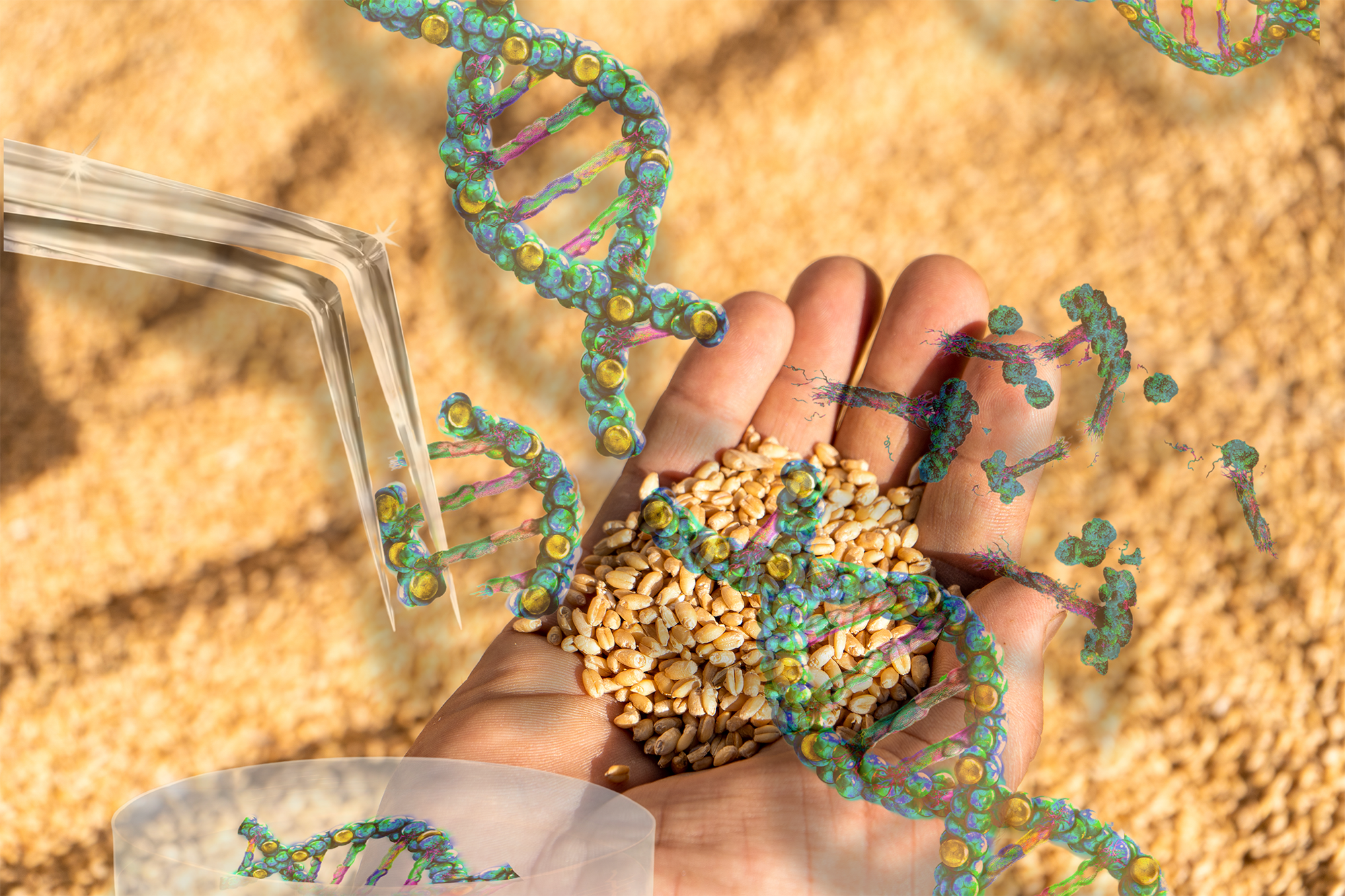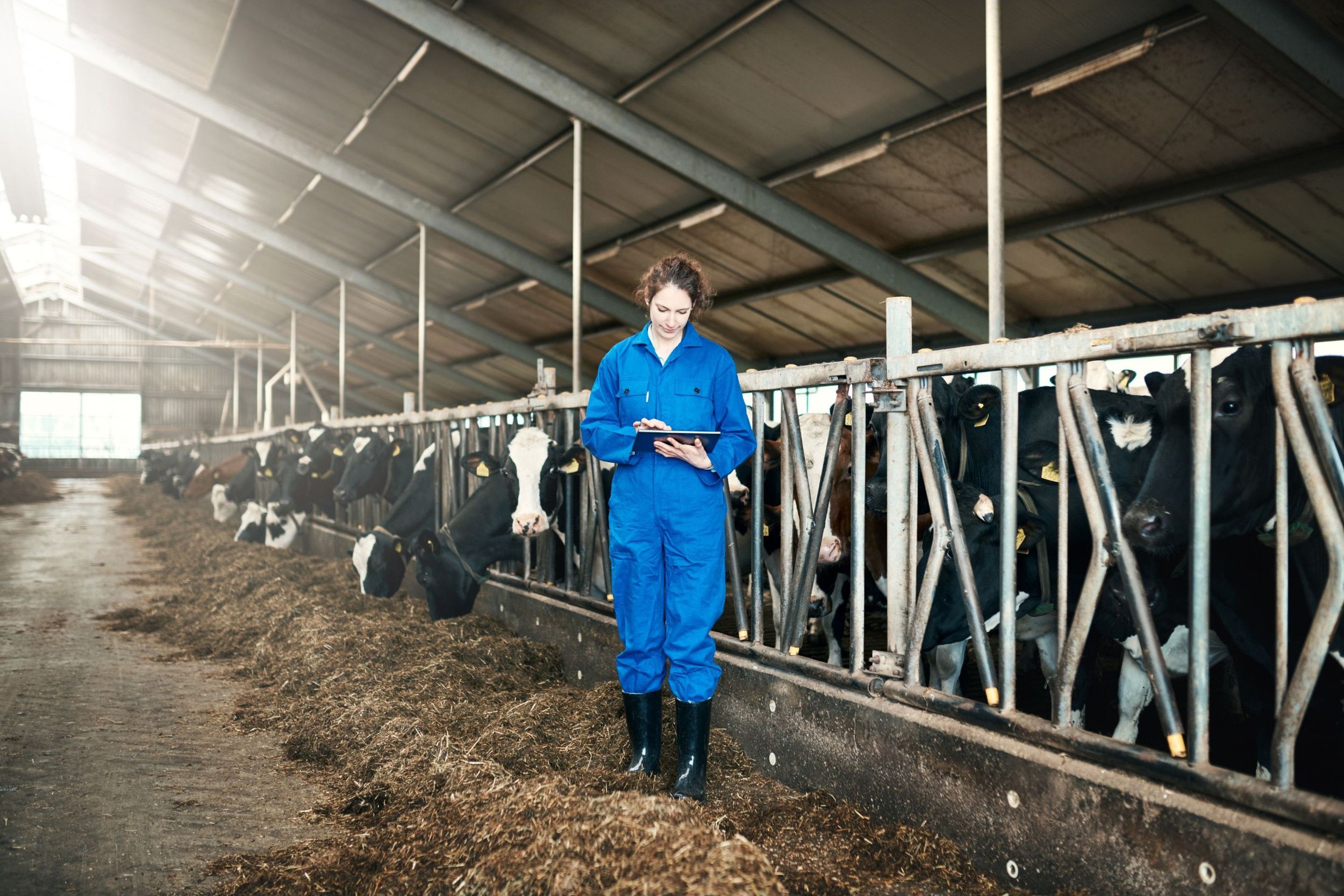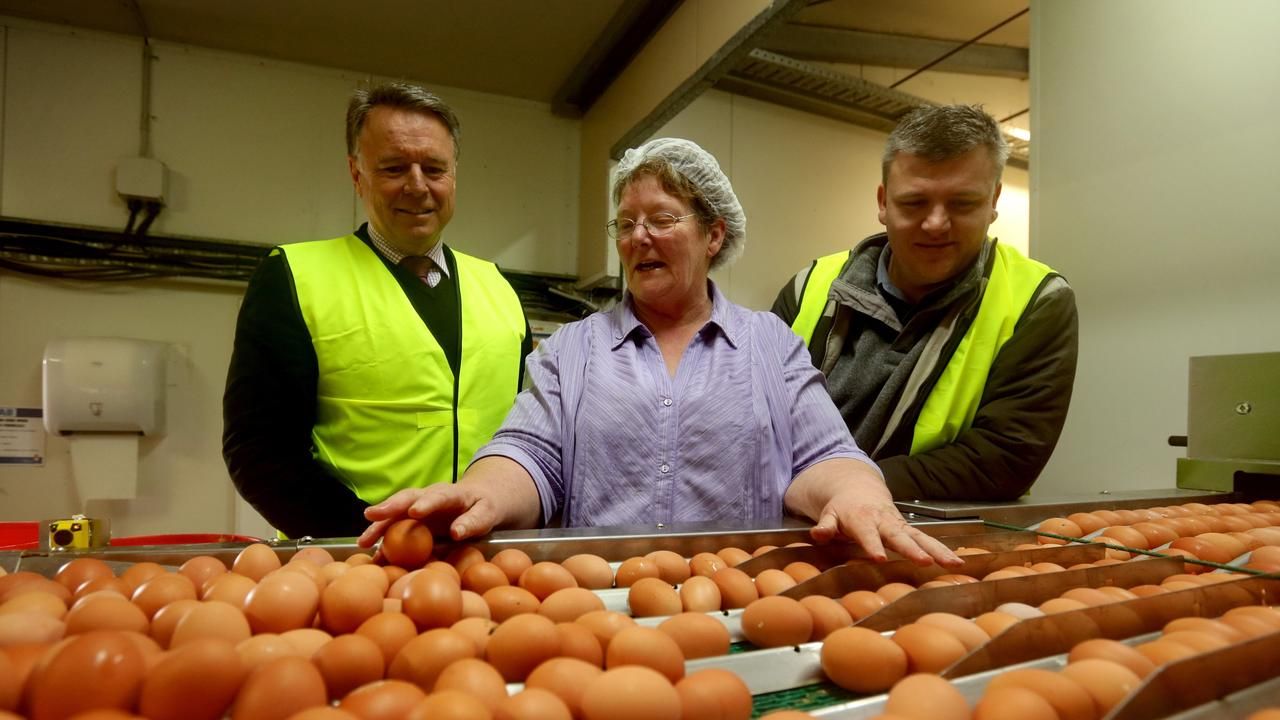Low-cost treatment for cow uterine infections
A sugar solution already used in some medical applications could reduce the use — and cost — of antibiotics when treating a common uterine infection in dairy cows, according to new research from The Pennsylvania State University. In the study, researchers treated cows with clinical metritis using either the antibiotic ceftiofur, or by draining the infected uterine fluid and then flushing with a sugar solution called dextrose. Both treatments appeared to be equally effective in treating the infection, though the antibiotics appeared to outperform the dextrose in cows with the most serious infections, according to Adrian Barragan, an associate research professor at Penn State.
Over the course of the trial, Barragan estimated that the average cost of the dextrose treatment ran about US$60 per cow, compared with US$340 for the antibiotic treatment. Dextrose solution, a form of glucose, is a commercially available product that is already used to treat conditions such as ketosis and downer cow syndrome, Barragan said. But researchers have suspected that it could have other applications for some time. Trial results, however, have been mixed.
In a 2016 study conducted by Barragan as part of his master’s thesis, dextrose proved promising in treating milder, sub-clinical forms of metritis. Cows with infections this mild typically recover on their own, Barragan said. So in a follow-up study, Barragan’s team attempted to use dextrose as a preventative treatment in cows at risk of developing metritis. Here, administering dextrose actually increased the odds that a cow would ultimately develop the infection, Barragan said. In cows that have yet to develop an infection, flushing the uterus with dextrose might effectively feed the bacteria that are present, Barragan said. This could occur because the healthy fluids present in the uterus prevent the dextrose from reaching concentrations needed to kill bacteria by dehydration — as seen in the most recent study where dextrose proved effective against active, clinical-level infections.
Dextrose might also aid in the treatment of other kinds of infections, such as mastitis, and this warrants further study, Barragan said. And Barragan noted that even though the results of the recent Penn State trial were unexpectedly promising, they also don’t suggest that producers could dispense with antibiotic treatments in all cases. The study’s sample size was relatively small, he said, and while the cows with more moderate symptoms made a full recovery, those with the most severe symptoms showed signs of decreased productivity when treated with dextrose alone.
